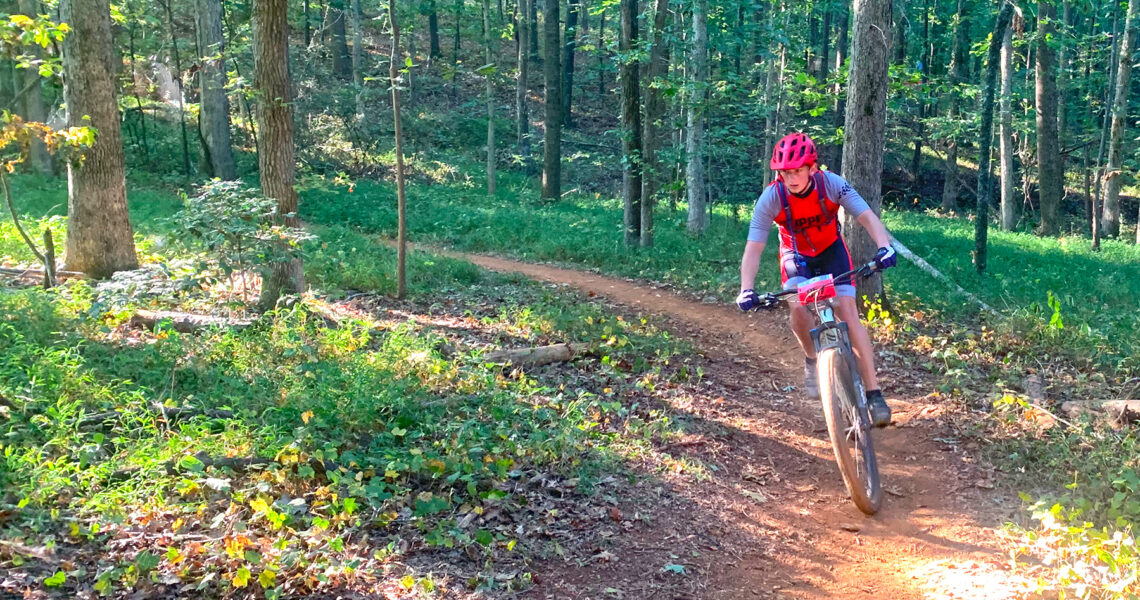Mountain biking in Coweta isn’t just a thrilling adventure; it’s also a powerful economic engine that fuels local communities, generates revenue, and creates jobs. In this blog post, we’ll explore the significant economic impact of mountain bike trails, showcasing how these winding paths through nature contribute to the financial well-being of regions fortunate enough to host them.
A Hub of Activity
Mountain bike trails aren’t just dirt paths; they’re bustling hubs of outdoor activity. Here’s how they stimulate the local economy:
1. Tourism Boost: Quality mountain bike trails draw cyclists from near and far. These visitors spend money on accommodations, dining, and shopping, injecting revenue directly into local businesses.
2. Gear and Equipment: Cyclists require specialized gear, bikes, and equipment, and many choose to purchase or rent these items locally. Bike shops and rental businesses thrive in areas with popular trails.
3. Dining and Hospitality: Mountain bikers work up hearty appetites, making local restaurants and cafes popular destinations. These establishments often see a surge in business during peak riding seasons.
4. Accommodations: Hotels, bed-and-breakfasts, and campgrounds near mountain bike trails experience increased occupancy rates, attracting tourists seeking a comfortable place to rest after a day of riding.
5. Guided Tours and Lessons: Many riders seek guided tours or lessons, creating opportunities for local adventure companies and guides to flourish.
Job Creation
The economic impact of mountain bike trails extends to employment opportunities:
1. Trail Maintenance: Well-maintained trails require skilled workers to ensure their safety and usability. Local jobs are created for trail builders, maintenance crews, and park rangers.
2. Bike Shops: Bike shops and rental businesses hire mechanics, sales staff, and support personnel to meet the demands of the cycling community.
3. Hospitality Industry: The influx of tourists generates jobs in the hospitality sector, including hotel staff, waitstaff, chefs, and more.
4. Guided Tours and Lessons: The growth in demand for guided mountain bike tours and lessons opens up job opportunities for experienced cyclists and guides.
Real Estate and Property Values
The presence of mountain bike trails can have a positive impact on local real estate:
1. Increased Property Values: Homes located near popular trails often see an increase in value as access to outdoor recreation becomes more desirable.
2. Real Estate Development: Communities recognize the economic potential of mountain biking and may invest in nearby infrastructure development, further stimulating property growth.
Community Investment
Mountain bike trails have a way of bringing communities together and fostering civic pride:
1. Community Support: Local residents often take pride in their trails, actively participating in trail maintenance and advocacy efforts.
2. Sponsorship and Donations: Businesses and individuals may contribute to trail development, creating a sense of community involvement.
3. Health and Well-being: Mountain biking promotes physical activity and outdoor recreation, contributing to a healthier community overall.
A Win-Win Scenario
Mountain bike trails are not just a haven for outdoor enthusiasts; they’re also a catalyst for economic growth and community vitality. The dollars spent by cyclists, the jobs created, and the increase in property values all contribute to a thriving local economy. As more regions recognize the value of investing in quality mountain bike trails, the economic impact continues to grow, ensuring that everyone, from bikers to local businesses, rolls toward prosperity. Mountain biking isn’t just a thrilling adventure; it’s also a powerful economic engine that fuels local communities, generates revenue, and creates jobs. In this blog post, we’ll explore the significant economic impact of mountain bike trails, showcasing how these winding paths through nature contribute to the financial well-being of regions fortunate enough to host them.



